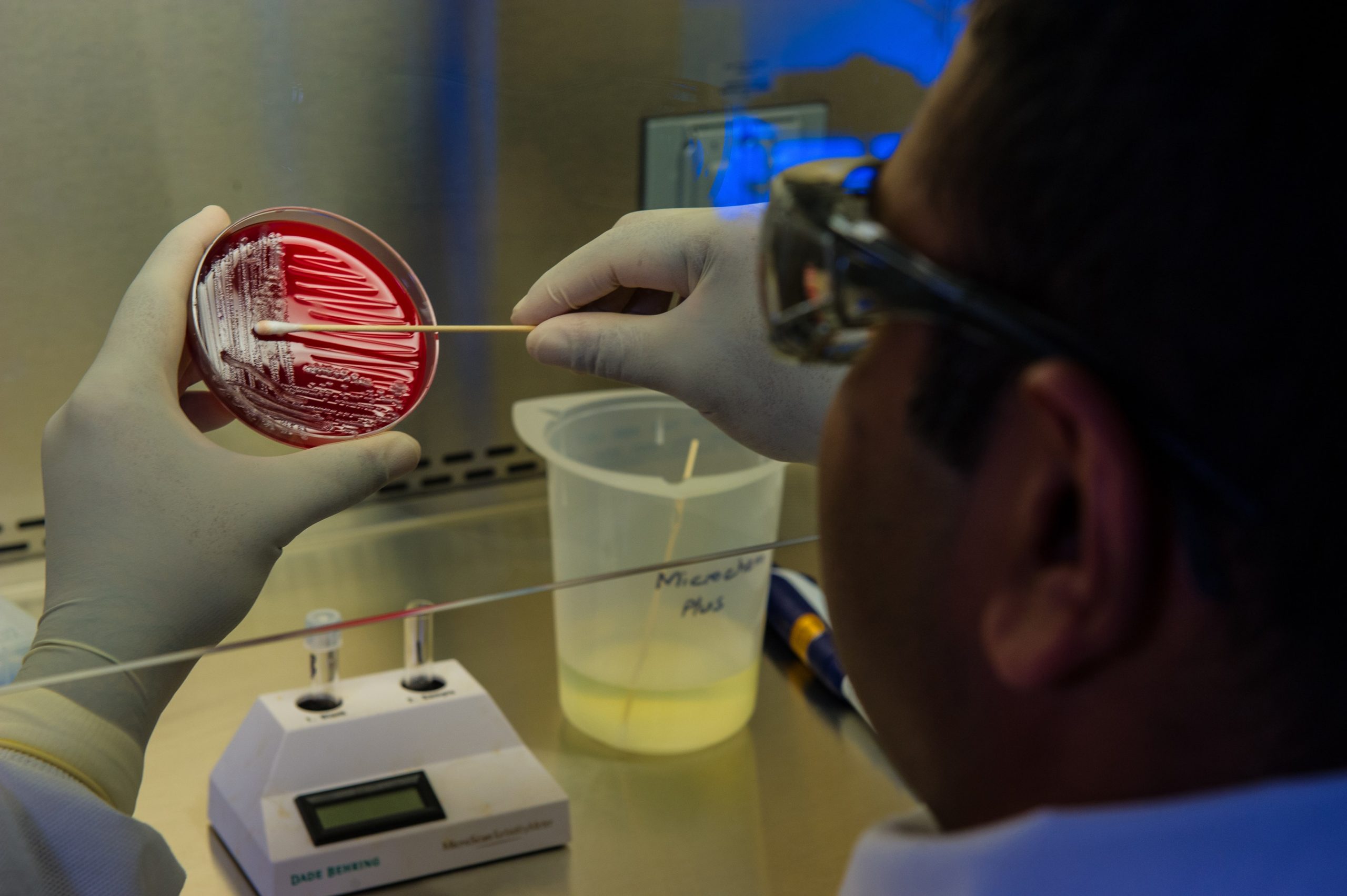Bacteria are single-celled organisms that can hardly be seen under a microscope. There are thousands of bacteria and they live in all environments of the world. Bacteria have been reported to live in soil, seawater, deep underground and even radioactive waste. Many bacteria live in human and animal skin, respiratory tract, mouth, gastrointestinal tract, urethra, and genitals without damaging the host. These bacteria are called endemic microbes or flora.
What is a bacterium?
This is a small creature that cannot be seen with the naked eye. On the other hand, there are bacteria such as Bacillus nato that are beneficial to human life. The human body has different types of bacteria that maintain the surface of the skin and the environment of the intestines.
Escherichia coli, Staphylococcus aureus and Mycobacterium tuberculosis are known bacteria that can cause disease in humans.
Antibiotics (antibiotics, antibiotics) are drugs that kill bacteria.
Bacteria that are ineffective or difficult to respond to antibacterial drugs are called drug-resistant bacteria. If the antibacterial drugs that should have worked in the past were not effective, not only would it be difficult to treat the infection, but it would also be difficult to treat a variety of treatments, such as preventing infection during surgery and weakening the immunity from drug treatment. Against cancer … come back
Bacterial classification
v Scientific name
Like other organisms, bacteria are classified by genus (classification based on similar properties) as well as by species. The scientific name consists of a genus name and a species name (for example, the scientific name is Clostridium Botulinum Clostridium botulinum). Different types of species are called species. The strains vary in genetic and chemical structure, and some drugs and vaccines may only work against certain species.
v Staining
When treated with a specific chemical (dye), bacteria are classified according to the color difference. The usual method of painting is called hot spot. Bacteria that are stained in color are called gram-positive bacteria. Bacteria that are red in color are called gram-negative bacteria. Gram-positive and gram-negative bacteria stain different colors due to differences in cell walls. Depending on the type of bacteria, the types of infections that occur and the types of effective antibacterial drugs also vary.
v Shape
Bacteria are also classified into basic forms and there are three types: spherical (stitch), rod (bacillus) and spiral (spirochete).
v Oxygen Demand
Bacteria are also classified based on their need for oxygen to grow. Bacteria that need oxygen are called aerobic bacteria. Those whose oxygen prevents the survival and growth of bacteria are called anaerobic bacteria. Some bacteria, called voluntary anaerobes, can grow with or without oxygen.
v Gene composition
Special tests can be performed to check for differences in bacterial gene composition (genotype).
Bacterial defense
Bacteria protect themselves in a variety of ways.
v Biofilm
There are bacteria that secrete substances that attach to bacteria and other cells. Together with bacteria, it forms an adhesive layer called a biofilm.
v Capsular
Some bacteria protect themselves by using capsules called capsules. The capsules resist infection and block the function of white blood cells that feed on bacteria. Such bacteria are described as capsules.
v Adventitia
Gram-negative bacteria have an outer membrane beneath the capsule that protects the bacteria against certain antibiotics. When this outer membrane is destroyed, a toxin called endotoxin is released. In gram-negative bacterial infections, endotoxin helps exacerbate symptoms.
v Spore
Some bacteria form inactive (latent) spores. From spores, it can survive in harsh environments. In a better environment, the spores germinate as active bacteria.
Resistant bacteria are transmitted from animals to humans. Resistant bacteria are common in cattle because antibiotics are regularly prescribed to healthy cows to prevent infections that inhibit growth and cause disease. Many states ban the use of antibiotics for animals to avoide the following risks:
- Danger of swallowing resistant bacteria in livestock meat and processed products.
- Risk of contamination by resistant strains due to contact with animals
- Risk of exposure to antibiotics in beef and processed products
Bacterial infection
Bacterial infectious diseases are classified according to several methods for classifying bacteria. For example, it can be classified as a gram-negative or gram-positive infection, and it is important to make this distinction. Because different types of antibiotics may be needed to treat these two types of infections.
v Infections caused by Gram-negative bacteria include:
- Brucellosis
- Campylobacter infection
- Cat scratch disease
- cholera
- coli infection
- Gonorrhea infection
- Reason of Infectious diseases are Klebsiella, Enterobacter, and Serratia bacteria
- Legionella infection
v Infections caused by Gram-positive bacteria include:
- Anthrax
- diphtheria
- Enterococcal infection
- Eligiperoslix disease
- Listeriosis
Some infectious diseases are categorized by the shape of the bacteria. For example, infections caused by spirochete (spiral bacteria) are classified as spirochete infections.
Spirochetes infections include:
- Begel, strawberry tumor, pinta
- Leptospirosis
- Lyme disease
- Rat-bite fever
- Relapsing fever
- syphilis
Infections can also be categorized based on whether the infectious bacteria need oxygen or can live without it. If it requires oxygen to survive is called aerobic bacteria. Bacteria that do not need oxygen to live and multiply are called anaerobic bacteria.
